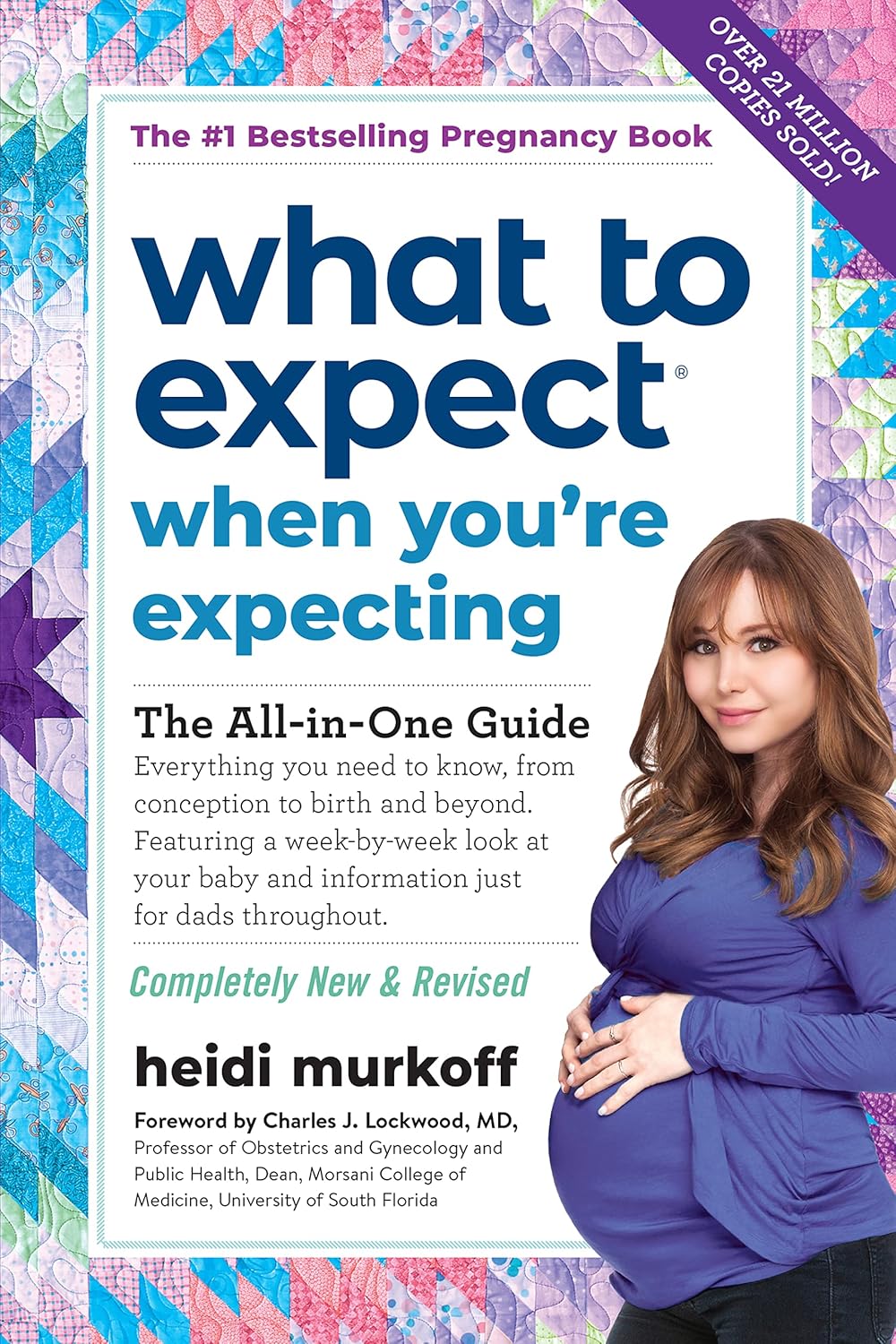Ah, the exhilarating journey of parenthood! It conjures visions of lullabies, baby giggles, and a lifetime of cherished memories. Yet, amidst this euphoria, a question looms: Are you truly prepared for the delightful chaos ahead? Within the pages of “What to Expect When You’re Expecting,” expectant parents find not just a guide but a companion through this tumultuous yet rewarding experience. But is it merely a handbook, or does it pose a potential challenge to preconceived notions about pregnancy? Let’s embark on an analytical exploration of this quintessential read.
Your journey begins with a visceral reminder: Pregnancy isn’t all sunshine and rainbows. This book delves into the nitty-gritty of gestation, peppered with realism that some may find unsettling. It addresses common anxieties, such as morning sickness, fatigue, and the fluctuating emotional landscape that accompanies those nine months. These pages do not shy away from the truths of fertility struggles, miscarriages, or the physiological changes women’s bodies endure. Instead, it embraces them. Might this honesty serve as both a comfort and a conundrum for soon-to-be parents? It challenges your perceptions while preparing you for the unexpected.
One of the book’s most appealing attributes is its inclusive tone. As you flip through the chapters, you engage not only with the medical explanations but also with personal anecdotes from a diverse array of mothers. These narratives enrich the text, creating a symphony of experiences that resonate with various backgrounds and situations. Each story reflects the multifaceted nature of motherhood, posing the playful question: How can one experience, so universally celebrated, vary widely between individuals? This individuality prompts reflection on how societal expectations can sometimes overshadow personal realities.
Structured in a user-friendly format, the book is divided by trimesters, allowing readers to track their pregnancy journey in a coherent and intuitive manner. The contents seamlessly flow through essential topics: dietary guidelines, prenatal care, labor pains, and preparation for childbirth. Is there a specific section that truly stands out? Indeed, the emphasis on self-care and mental well-being is particularly poignant. As much as physical health takes center stage in discussions about pregnancy, the emotional aspect often lurks in the background. By illuminating this facet, the authors underscore a vital challenge: If you neglect your mental health during this transformative period, how can you fully embrace the joy of impending parenthood?
The book’s visual elements further enhance its appeal. Eye-catching illustrations and graphs accompany complex information, transforming daunting statistics about pregnancy complications into digestible, informative insights. This integration of visual data is not merely decorative; it fortifies understanding. Are you inclined to dismiss certain statistics as mere numbers? The illustrated representations prompt contemplation—facilitating an emotional connection to the facts presented. This endeavor of making the daunting approachable is commendable.
Yet, as one delves deeper into the text, one might ponder: Is there a downside to this wealth of information? The avalanche of knowledge can be overwhelming. The well-meaning advice can sometimes escalate anxiety, giving rise to the question: Is more information truly beneficial? The struggle to distinguish between helpful guidance and unnecessary worry can lead to stress—ironically, the very issue the book aims to mitigate. Thus, potential readers are encouraged to approach this wealth of knowledge with a discerning eye. Challenge yourself: Do you absorb the guidance, or do you find ways to mitigate the anxieties generated by it?
Apart from its wealth of information, one of the book’s undeniable strengths lies in its empowerment of expectant parents. It serves as a crucible for education, laying foundations that transform uncertainty into confidence. The discussions surrounding labor preparation, birthing techniques, and postpartum care become more than mere details; they evolve into tools for empowerment. Yet, this empowerment bears a caveat: as challenges arise, can you approach them with resilience? The book subtly encourages an introspection about personal strength and adaptability.
Moreover, the authors deftly bridge the gap between expectation and reality, emphasizing that no two pregnancies are alike. They echo a vital notion: While it’s crucial to prepare, there is an equally significant need to remain flexible. Life, in its unpredictable essence, will invariably introduce the unforeseen. Consider this: How does this notion influence your expectations? As anticipation builds, the challenge emerges—learning to embrace uncertainty can be freeing, or it can be disconcerting.
In the end, “What to Expect When You’re Expecting” serves as a multifaceted beacon for expectant parents. It is more than a conventional pregnancy guide; it is a call to engage with the complexities of becoming a parent. By instilling both knowledge and the courage to face forthcoming challenges, it cultivates an informed yet adaptable approach to motherhood. With each chapter, the book invites readers to question preconceived notions while preparing them for the remarkable transformation that lies ahead. So, as you embark on this grand adventure, are you ready to embrace both the delightful chaos and the lessons that come with nurturing a new life?
In conclusion, allow this book to guide you—understand that it not only arms you with knowledge but also poses enticing challenges that redefine your understanding of parenthood. Navigate through the loud voices of advice with confidence, and remember that through the uncertainties and joys, you are not alone on this journey.
